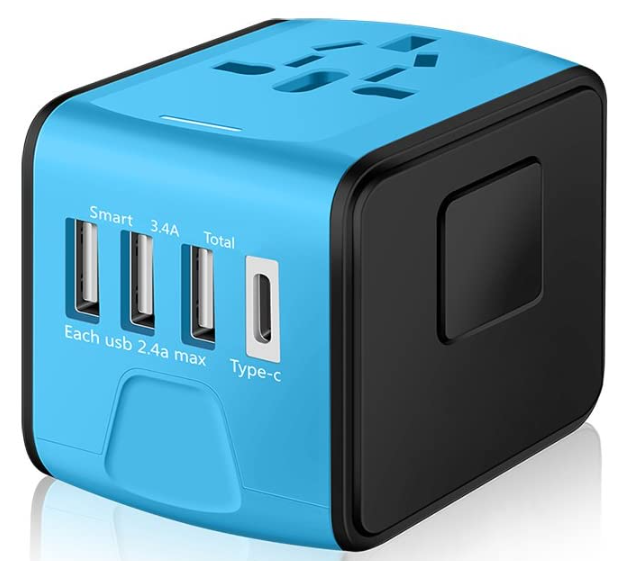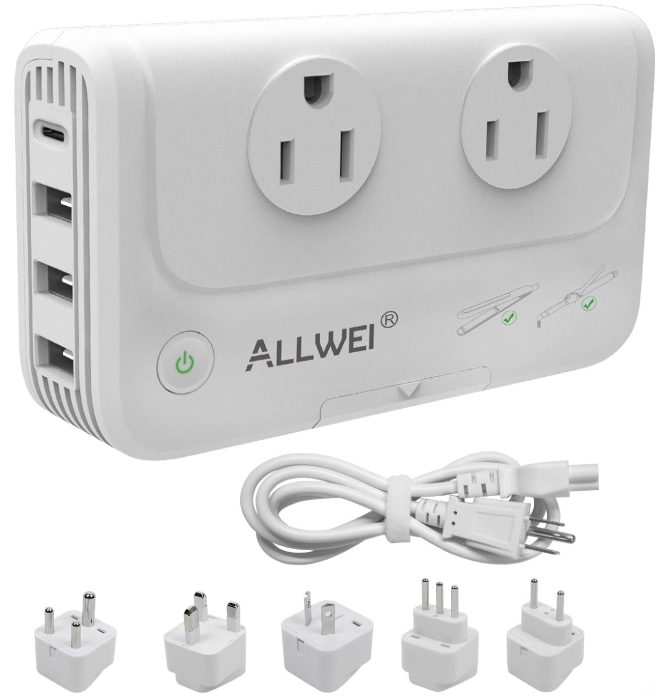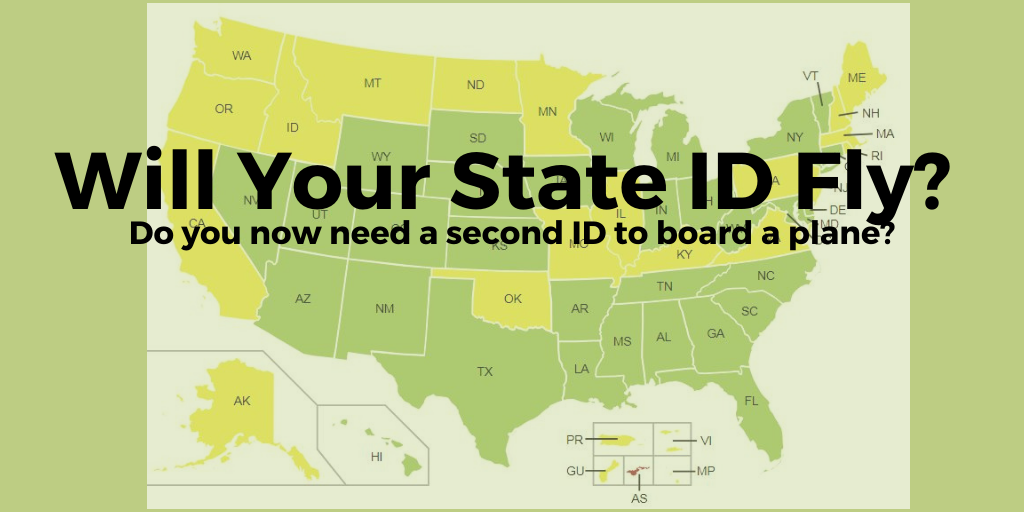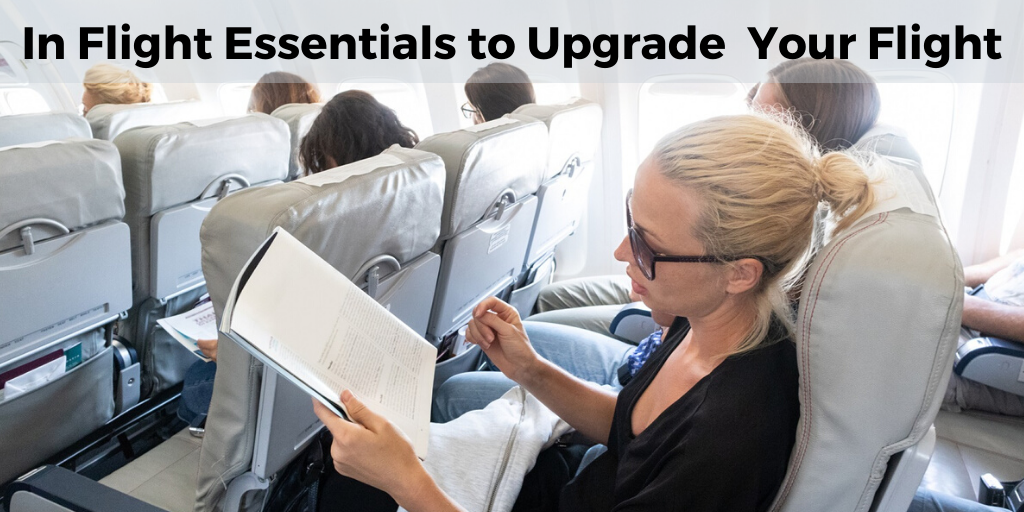You have either seen it or heard about this gut-wrenching experience. Your airplane arrives at your final destination – you walk down to baggage claim – and stand at the baggage carousel for what seems like an eternity. You watch everyone else’s bags come down the conveyor belt. Then the carousel comes to an abrupt stop. You have lost, delayed, or damaged luggage.
What to do if your luggage is lost, delayed, or damaged
You stand there staring at the empty baggage carousel when your head starts filling with panic about what happened to your luggage. Then the most important thought enters your mind – what should I do next and who’s responsible?
Interesting statistics about luggage problems with the airlines, last year air travel increased about 5% among air travelers, but complaints about baggage doubled. Roughly the airline industry mishandled about 6 out of every 1000 bags. That’s not too bad unless the bag that is lost belongs to you. The airlines have a higher stake now more than ever to ensure your luggage gets to you. The amount the airline has to pay you for your lost luggage has increased over the years, which has resulted in airlines struggling to find a better way to move and track luggage.
The manner in which airlines move and track luggage has recently been upgraded to an electronic scanner system throughout the baggage process. A sophisticated system that tags bags with a radio transmitter or bar code that tracks bags just like FedEx tracks a package. Airlines tag each bag with routing information plus apply a sticker with a barcode to your bag as a redundancy measure in case the tag is lost or pulled off.
Most Common Reasons Why Luggage is Lost
- The Routing Label Gets Damaged
When you check your bag, it gets tagged with an oddly printed, illegible routing label—or a legible label gets snagged and torn off your bag shortly after being tagged. Adding insult to injury, it’s a new suitcase, and you’ve forgotten to fill in the cool, leather-bound identification card. No one notices the missing/unreadable tag until the bag has gone through TSA and arrived in the hectic distribution area. Because there’s no way to tell where the bag should be headed, it just stays put. After arriving at your destination and waiting in vain for your bag to appear on the carousel, you file a report at the local baggage service counter, providing a solid description of the suitcase including any luggage tags. You’re told it’s going to take a bit of searching, so you continue without it. - You Forget to Pick Up Your Luggage Upon Landing
You would be surprised how often travelers forget to claim their baggage. It happens for a variety of reasons such as being distracted by an urgent text, being late for a meeting, etc. - Your Bag is Loaded Onto the Wrong Plane
Human error steps in, an employee, places it on the wrong baggage cart and, as a result, it gets loaded onto the wrong plane.
Luggage Protection – All You Need to Know
Damaged Baggage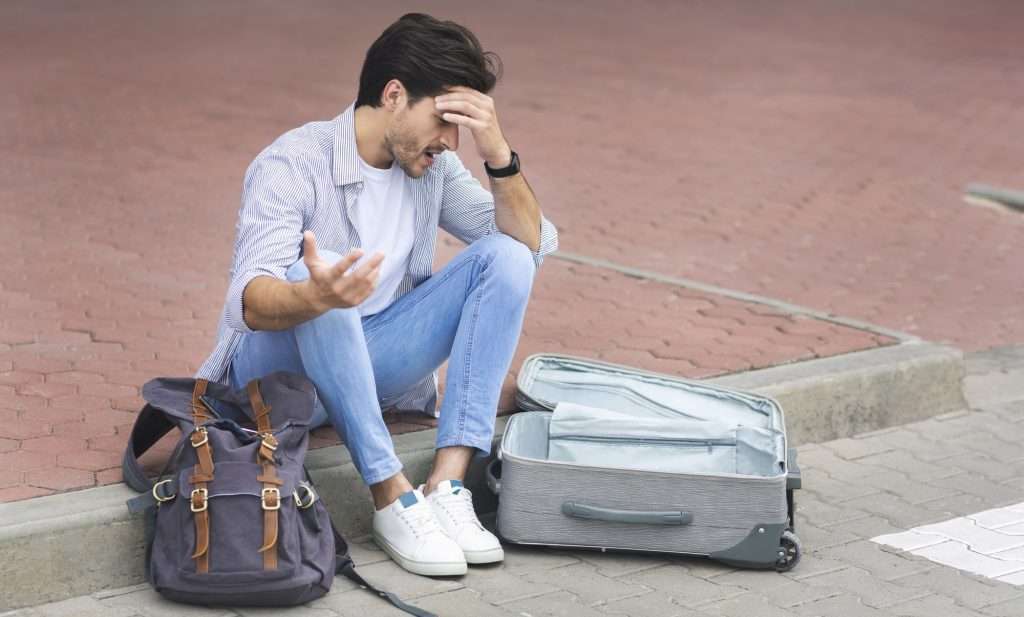 If your suitcase arrives smashed or torn, the airline will usually pay for repairs. If it can’t be fixed, they will negotiate a settlement to pay you its depreciated value. The same holds true for belongings packed inside. Airlines may decline to pay for damage caused by the fragile nature of the broken item or inadequate packing, rather than the airline’s rough handling. Carriers may also refuse to give you money for your damaged items inside the bag when there’s no evidence of external damage to the suitcase. But airlines generally don’t disclaim liability for fragile merchandise packed in its original factory sealed carton, a cardboard mailing tube, or other container designed for shipping and packed with protective padding material. When you check-in, airline personnel should let you know if they think your suitcase or package may not survive the trip intact. Before accepting a questionable item, they will ask you to sign a statement in which you agree to check it at your own risk. But even if you do sign this form, the airline might be liable for damage if it is caused by its own negligence shown by external injury to the suitcase or package.
If your suitcase arrives smashed or torn, the airline will usually pay for repairs. If it can’t be fixed, they will negotiate a settlement to pay you its depreciated value. The same holds true for belongings packed inside. Airlines may decline to pay for damage caused by the fragile nature of the broken item or inadequate packing, rather than the airline’s rough handling. Carriers may also refuse to give you money for your damaged items inside the bag when there’s no evidence of external damage to the suitcase. But airlines generally don’t disclaim liability for fragile merchandise packed in its original factory sealed carton, a cardboard mailing tube, or other container designed for shipping and packed with protective padding material. When you check-in, airline personnel should let you know if they think your suitcase or package may not survive the trip intact. Before accepting a questionable item, they will ask you to sign a statement in which you agree to check it at your own risk. But even if you do sign this form, the airline might be liable for damage if it is caused by its own negligence shown by external injury to the suitcase or package.
Reporting Damaged Luggage
You should report any luggage damage before leaving the airport; airline customer service will often want to inspect the bag before you leave. Most airlines won’t cover minor wear and tear. If you do decide to make a claim with the airlines for damaged luggage, you will most likely need to produce a receipt for any repairs, or be required to use airline-sanctioned luggage repair vendors. Ask the baggage claim attendant for specific information. You don’t want to find out that you have paid for a repair that it isn’t covered.
Delayed Luggage
If your bags are delayed, try not to panic. The airlines typically have ways to track them, and about 98 percent of all misplaced luggage is returned eventually. If your bags are on the next flight, you could have them within a few hours. If they’ve been sent to the wrong airport, it could take a couple of days to get them. Make sure to file your claim immediately at the airport and to give the attendant a hotel or home address, as well as a phone number where you can be reached.
If you and your suitcase don’t connect at your destination, don’t panic. In many cases, airlines will absorb reasonable expenses you incur while they look for your missing belongings. You and the airline may have different ideas of what is reasonable, however, and the amount they will pay is subject to negotiation. Most carriers set guidelines for their airport employees that allow them to disburse some money at the airport for emergency purchases. The amount depends on whether or not you’re away from home and how long it takes to track down your bags and return them to you. If the airline does not provide you with a cash advance, it may still reimburse you later for the purchase of necessities. You should also keep in mind that airlines may have the option to deduct any reimbursement or stipend from any subsequent awards.
If your bags don’t come off the conveyor belt, report this to the airline before you leave the airport. Insist that they fill out a form and give you a copy, even if they say the bag will be in on the next flight. If the form doesn’t contain the name of the person who filled it out, ask for it. Get an appropriate phone number for following up (not the reservations number). Don’t assume that the airline will deliver the bag without charge when it is found; ask them about this.
Discuss with the carrier the types of articles that would be reimbursable, and keep all receipts. If the airline misplaces sporting equipment, it will sometimes pay for the rental of replacements. For replacement clothing or other articles, the carrier might offer to absorb only a portion of the purchase cost, on the basis that you will be able to use the new items in the future. (The airline may agree to a higher reimbursement if you turn the articles over to them.) When you’ve checked in fresh foods or any other perishable goods, and they are ruined because their delivery is delayed, the airline won’t reimburse you. Carriers may be liable if they lose or damage perishable items, but they won’t accept responsibility for spoilage caused by a delay in delivery. Airlines are liable for provable consequential damages up to the amount of their liability limit (see below) in connection with the delay.
If you can’t resolve the claim with the airline’s airport staff, keep a record of the names of the employees with whom you dealt, and hold on to all travel documents and receipts for any money you spent in connection with the mishandling. (It’s okay to surrender your baggage claim tags to the airline when you fill out a form at the airport, as long as you get a copy of the form, and it notes that you gave up the tags.) Call or write the airline’s consumer office when you get home.
One of the most important things to make sure of before you leave the airport is that you are sure how to check on the status of having your bag(s) returned to you. Some airlines have an online system while others will provide you with a phone number to call for updates.
Lost Luggage
The first step to help make sure your bags and you are reunited is having good sturdy luggage tags on the outside of your bags. Once your bag is declared officially lost, you will have to submit a claim for damages. This usually means you have to fill out a second, different form than the original “missing luggage” form which will be more detailed. Check on this; failure to complete the second form when required could delay your claim. Missing the deadline for filing it could invalidate your claim altogether. The airline will usually refer your claim form to a central office, and the negotiations between you and the airline will begin. If your flight was a connection involving two carriers, the final carrier is normally the one responsible for processing your claim even if it appears that the first airline lost the bag. Airlines don’t automatically pay the full amount of every claim they receive. First, they will use the information on your form to estimate the value of your lost belongings. Like insurance companies, airlines consider the depreciated value of your possessions, not their original price or the replacement costs. If you’re tempted to exaggerate your claim, don’t.
Airlines may completely deny claims they feel are inflated or fraudulent. They often ask for sales receipts and other documentation to back up claims, especially if a large amount of money is involved. If you don’t keep extensive records, you can expect to dicker with the airline over the value of your goods. It takes an airline anywhere from six weeks to three months to pay you for your lost luggage. When they tender a settlement, they may offer you the option of free tickets on future flights in a higher amount than the cash payment. Ask about all restrictions on these tickets, such as “blackout” periods and how far before departure you are permitted to make a reservation.
You may need to produce receipts to prove the value of the items you had in your suitcase. If you have them, include copies of any documentation you send to the airline. (Keep in mind that you will be reimbursed for the depreciated value of your items — so the airline won’t give you the full $1,000 you paid for that suit you purchased two years ago.) You can purchase “excess valuation” protection if your checked baggage is worth more than these limits (but before doing so, make sure the items aren’t already covered by your homeowner’s or travel insurance policy). The airlines typically have a long list of items for which they will not be held responsible; these include jewelry, money, heirlooms, and other valuables. These sorts of items should always be packed in your carry-on bag. Keep in mind that on domestic air flights, baggage liability is capped.
Airport Lost and Found Contact Phone Numbers
One last thing to consider about lost luggage, sometimes someone may have picked it up on purpose, or by accident, and simply left it someplace else in the airport. If that was the case, the airport police might have picked it up and placed it in the airport police lost and found. Here is a listing of the contact numbers for airport lost and found offices around the country.
Stolen Luggage
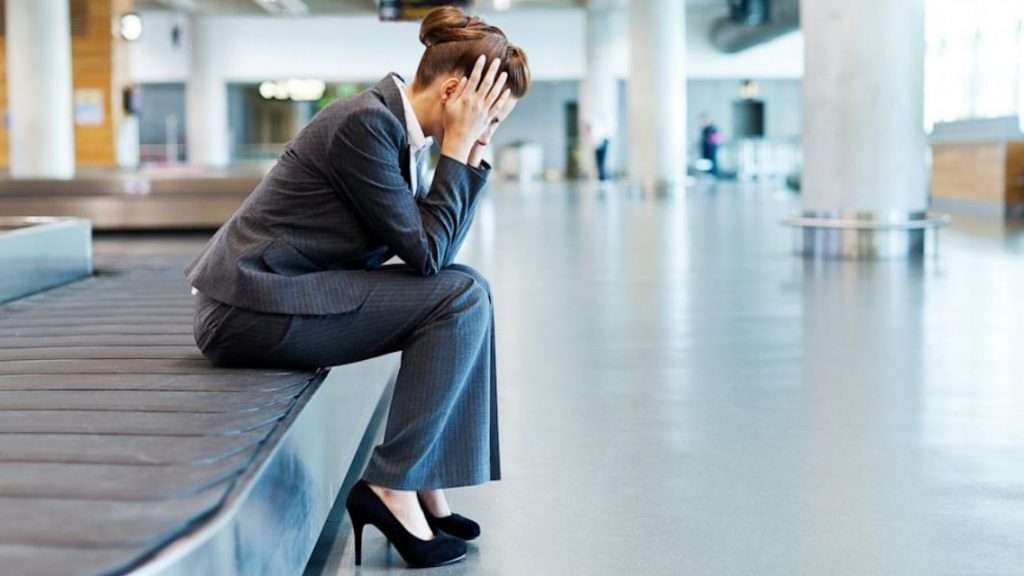
What happens if your luggage never makes it to baggage claim?
Head directly to the baggage carousel when you get off your flight to minimize the potential time for your bag to be stolen. Many airlines scan bags when they’re loaded into the baggage claim area and keep records, especially at larger airports. If your bag goes missing after you’ve left the baggage claim area, your claim is no longer with the airline, but with the police. Your homeowner’s insurance may cover a stolen suitcase; if it doesn’t, consider purchasing travel insurance.
There is a special reason the Transportation Security Administration warns travelers never to place jewelry, cash, or electronics into checked luggage. The reasons for this warning are pretty obvious: the luggage can go amiss, or worse, some items may be stolen from the luggage in the process of being moved on and off the plane. If you just came home from a trip and just noticed that your favorite piece of jewelry or expensive wristwatch went missing in action, you must act quickly and know who to report in regards to your stolen goods.
To help reaffirm the importance of getting down to the airport baggage claim as soon as possible, the below video should be a nice reminder of the hazards your luggage face if you don’t get down to pick it up soon enough. You need to keep in mind that there are certain types of thieves who specialize in stealing luggage out of baggage claim areas at airports around the world – especially the domestic terminals, which have less security than the international terminals do. Another point to keep in mind is that baggage claim luggage theft can happen at any airport, but most of the time the larger amounts of luggage theft obviously occur at larger international airports around the world. Watch the below video for more information.
Video Showing Luggage Theft at Airport Baggage Claim
What to do if Your Luggage is Stolen or Something is Missing From Your Checked Luggage
If stead your luggage appears in good shape but you notice something is missing only once home, there are good chances it could have been stolen in the process of embarking or disembarking from the plane. Now you have to keep in mind that depending on your travels; numerous people may have had access to your luggage – and not just airline employees. The TSA has information on this subject that you should read. Dishonest employees may likely be the culprit. It may sound unbelievable, but there are many stories of baggage handlers being arrested on charges of stealing electronics, cameras, and other products from the luggage of passengers.
Keep your valuables or electronics safe: leave them safely at home or place them in your carry-on baggage keeping a good eye on it for the whole duration of your flight. Expensive electronics and other larger valuables should always be placed in carry-on baggage. However, in real life, this is often not easy, especially if your items are bulky, too heavy, and uncomfortable to carry along with you on your flight. So if worse comes to worst, and you come home from your trip and find your checked luggage tampered and with items missing, what should you do?
What to Do if Items are Missing From Your Bag
The first step is to check if the luggage has a slip of paper from the TSA claiming it was inspected. If this is the case, you know you will have to file a claim with TSA and fill out a TSA Claim Form, located here. For more information on this subject visit TSA.gov and click on “For Travelers,” then “Claims Management Branch.” Click on “Forms,” then download, print and fill out the PDF “Claim Package” form. Mail or fax the completed form to the TSA; you’ll find contact information on the form.
Arm yourself with patience, though, even if TSA will try its best to get the claim processed quickly it can take anywhere from 60 days up to six months or more, depending on many factors.
If there was no slip of paper from the TSA, then you would have to file directly with the airlines. You will have to act quickly though as many airlines give you only 48 hours after landing to file a claim. It is best, therefore, to try to contact the airline directly by phone for instructions on how to claim. If you are missing electronics or valuables, it would also be a good idea to contact the airport’s law enforcement office at your departure and arrival airport to report stolen goods.
Keep in mind though that most airlines will not compensate you for the loss of some kinds of valuables such as money and jewelry. This is why such items should never be placed in the checked luggage in the first place. You may though consider purchasing extra insurance; it doesn’t hurt to inquire about this option.
Often passengers wonder: how can their items be stolen? Luggage may get damaged and eventually opens in the process. If this is the case, you will likely notice that your luggage is damaged and that some of your goods slipped out. If this happens to you, go straight to baggage claim and file a claim for damaged luggage and claim for your missing goods. A good place to look is also the airport’s lost and found. The problem is if there is no outward damage to your bag, yet items are missing.
Here are some tips to help document the loss and potentially help get your property back, or, at least, notify those who had custody of your luggage that a theft occurred.
- First, call the main number of the airports or bus or train stations through which you traveled. When you call, you will need to ask to be connected to the lost and found department, baggage department, or security department, depending on where you think the loss occurred. You also need to make these calls in case you misplaced your items – which happens frequently.
- Contact the law enforcement agency at your final destination, if you don’t know where the theft occurred. Tell them the circumstances and that something had been removed from your luggage – AND THAT IT WAS NOT LOST. Give them a report of what was missing – and whenever possible, if the item is electronic and has a serial number – PROVIDE THAT INFORMATION. Entering serial numbers into the national law enforcement stolen property database (NCIC) is very important. After the police interview is complete, ask for a copy of the police report. The police probably won’t be able to do anything about your stolen/missing property, but the Transportation Security Administration or your hotel might request a copy of a police report before doing anything about your claim. If something is stolen by a fellow traveler or while you’re walking around town, filing a police report is your option.
- Dial the main number for each train or bus station or airport you passed through and ask for the law enforcement or security office. Ask to file a stolen goods report. Unless you’re sure something was stolen midtrip, file reports at your departure and arrival airports or stations. Security officers might notice trends in theft reports and be able to track down repeat offenders.
- File a claim with the TSA. Look inside your checked luggage for a piece of paper that states the TSA inspected your bag by hand; whenever agents have to open the bag, they’re required to put this paper inside. Mention that you found this note when you fill out your claim, because it is proof that agents opened your bag and could have stolen something. You still can file a claim even if you didn’t find this paper. – Refer to the TSA section reported above for more information about this. Of special note, several American airports are serviced by independent screening companies rather than by the TSA. If you’ve traveled through one of these airports and are missing an item, you must file a claim with the company. Find a list of airports and contact information in the “Forms” section of TSA.gov
- File a claim with your airline. Call the customer service number and ask calmly what you can do about a missing item. Each airline has its own policies, you should expect to fill out a claim form and wait several weeks before hearing from a representative.
-
Ask to speak to the hotel manager in private as soon as you find something missing from your room. Ask him to recover your missing belongings. Next, send a letter to the hotel’s headquarters. If the manager got your belongings back from other staff, tell the company what happened and how the manager handled it. If your things are still missing, explain what was taken and what its value was, and explain firmly that you expect to be reimbursed for the full cost.
Limits on Luggage Liability
If your domestic bags are delayed, lost or damaged on a domestic trip, the airline can invoke a ceiling of $3,400 per passenger on the amount of money they’ll pay you. When your luggage and its contents are worth more than that, you may want to purchase “excess valuation,” if available, from the airline as you check-in. This is not insurance, but it will increase the carrier’s potential liability. The airline may refuse to sell excess valuation on some items that are especially valuable or breakable, such as antiques, musical instruments, jewelry, manuscripts, negotiable securities and cash. International trips have liability limits that vary – as this is governed by two international treaties, the Montreal, and Warsaw Conventions. As of August 2011, if you paid a checked baggage fee for your lost bag, the airline must refund your fee. Check your air carrier’s Web site for specifics. You can obtain additional coverage for your baggage if you purchase “excess valuation baggage coverage” which can be purchased directly thru the airline.
This international limit also applies to domestic segments of an international journey. This is the case even if the domestic and international flights are on separate tickets, and you claim and re-check your bag between the two flights. Keep in mind that the liability limits are maximums. If the depreciated value of your property is worth less than the liability limit, this lower amount is what you will be offered. If the airline’s settlement doesn’t fully reimburse your loss, check your homeowner’s or renter’s insurance; it sometimes covers losses away from the residence. Some credit card companies and travel agencies offer optional or even automatic supplemental baggage coverage.
Tips to Prevent Lost Luggage
Every year, over two million bags are lost, damaged, delayed, or pilfered, according to “mishandled baggage” reports made by the largest U.S. airlines to the Department of Transportation. (That’s about 3.57 reports per 1,000 passengers.) Here’re a few tips to help reduce the chances of your bag being lost when given over to the airlines:
Double-check: Ask the flight attendant handling your bag if you can see the routing information placed on the handle to verify its accuracy before she sends your suitcase down the conveyor belt. This is especially important if you have a connecting flight because bags are not always routed directly to the final destination—on occasion, it may be your responsibility to pick up your bag from the first leg of your journey and re-check it, and the best way to confirm this is to see what’s written on the label.
Make yourself known: The key is to ID your bag in multiple places—outside as well as inside—by placing ID cards in various pockets and pouches. And then add another, using the paper tags provided by the airline carrier. Be sure to include your name, address, and phone number (preferably a mobile number).
Share your plans: Pack a copy of your itinerary (in a place that’s not too hard to find) so that airline workers will know where to route your bag in case they find it and cannot get in touch with you.
Document the evidence: Photograph or video the contents of your bag as you pack. Just lay everything out on the bed and take a few photos with your camera or phone. Not only will that help to identify your bag if it goes missing, it will also help with claims forms if your suitcase is never found.
Remove extras: Before checking your bag, take off any removable straps; this will decrease the likelihood of it getting snagged along the way.
Arrive early: If you check a bag within 30 minutes of your departure time, it may not make it onto the plane.
Stick to tradition: Finally, don’t check your bag with the curbside baggage checker; go inside to the main counter to decrease the chances of a mix-up.
Embellish your bag: Whether you buy a colorful handle wrap or just add a few stripes of bright duct tape, making yours different from the others could draw the attention of a not-so-motivated airline employee. Another option is to purchase a bag that’s not black or navy (like the overwhelming majority), making it easier to spot in a roomful of luggage.
Tips if your luggage is lost, delayed, damaged, or stolen while in the airline’s possession
- Put your name on the outside and inside of your bags. Even better, put a copy of your itinerary in each checked bag so the airline can locate you.
- The most common causes of lost and delayed bags are late check-ins and tight connections. Avoid both when you can.
- Pack all valuables in your carry-on bags. Cameras, computers, medication, wallets, heirlooms, jewelry, passports, as well as confirmation numbers, itineraries, contact information, and other documents necessary for your travel, should never be in your checked baggage.
- Itemize. It sounds tedious, but when an airline asks what was in your bag, you don’t want to forget anything of value. If you make a packing list before you travel, hang onto it — this is an easy way to remember everything you put into your bags.
- Make sure the person who checks your baggage attaches the correct destination ticket to every bag and gets a claim ticket for each.
- Pack a change of clothes in your carry-on bag so that you’ll have something to wear if your checked bag is delayed.
- Travel insurance is the best guarantee that you’ll recoup any losses. See our guide to travel insurance for more information.
- Consider using a baggage tagging service – in which many can be found by a simple internet search. Many of these companies offer luggage tags with unique serial numbers that can be linked to the suitcase owner via an online database. The site will contact you as soon as your lost item is found. (An annual fee applies.)
If all else fails and your luggage is lost
If your bag is lost, stolen, or damaged, be sure to file a complaint immediately. If you still can’t get satisfaction, or feel the need to report the airline, contact the Department of Transportation’s Aviation Consumer Protection Division. Finally, if you’re wondering where lost bags go after they die, here’s your answer: UnclaimedBaggage.com!



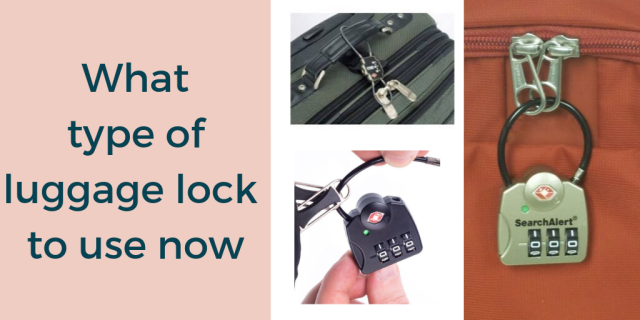
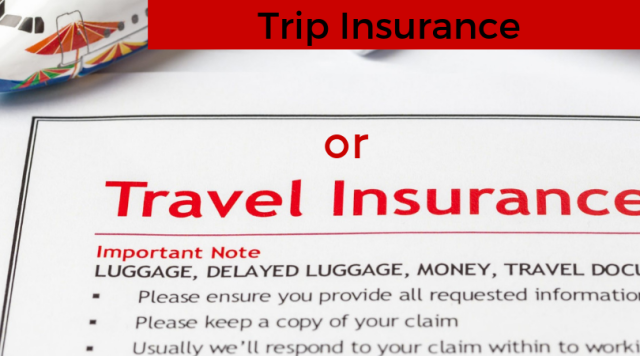
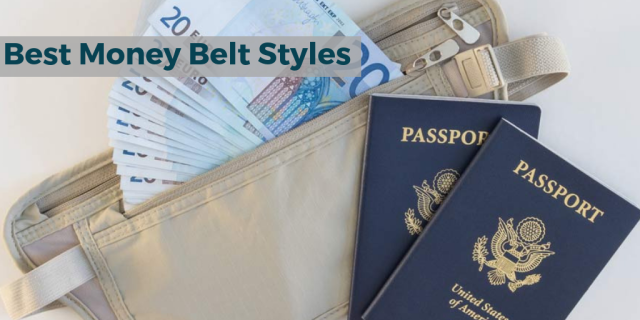

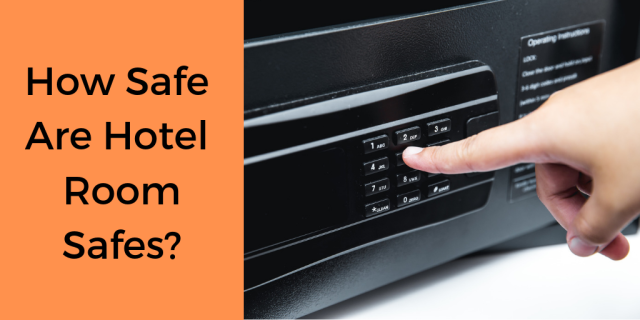

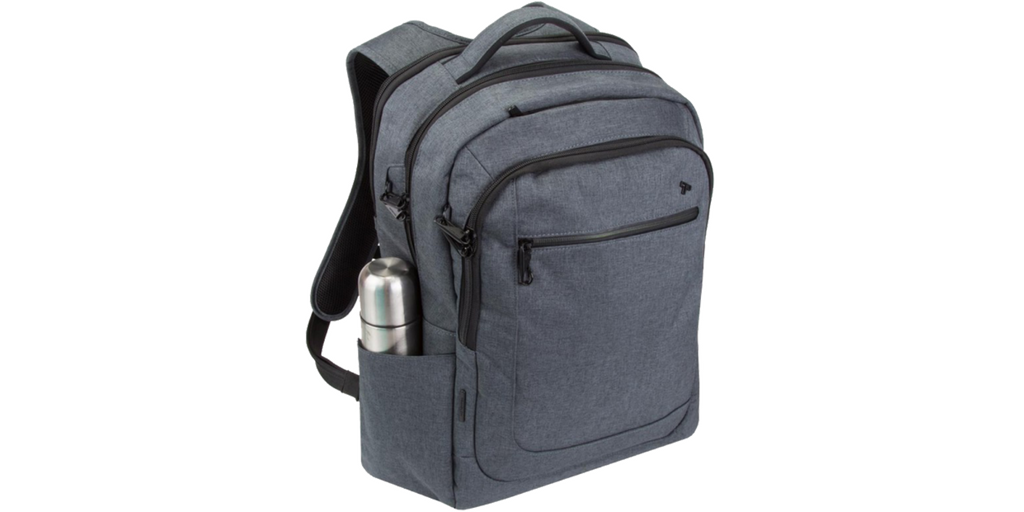
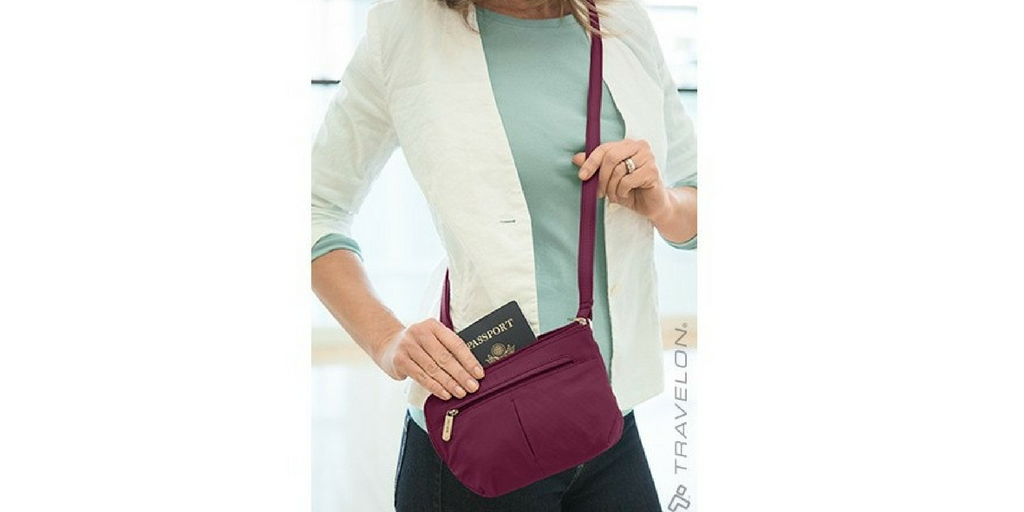
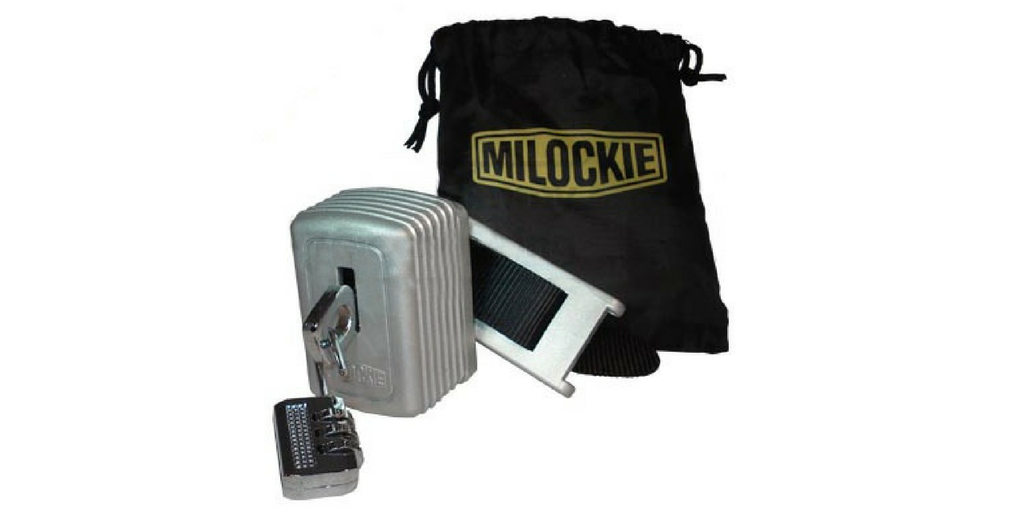
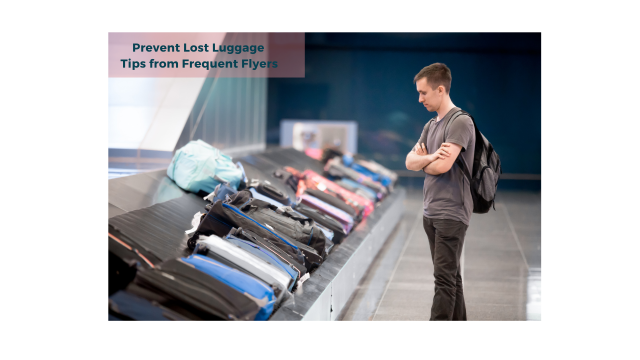

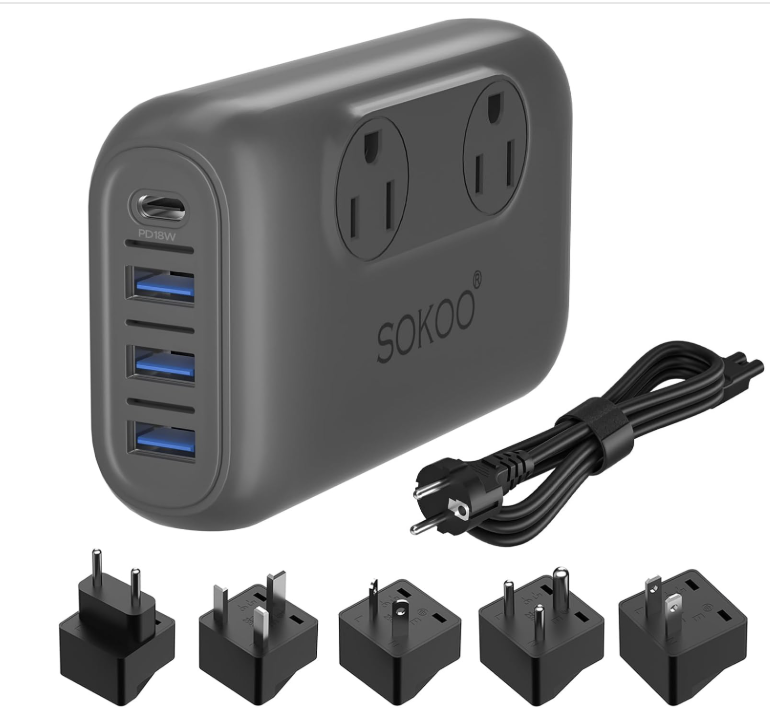
 There are many different wall outlet shapes and configurations. Even if two countries operate on the same voltage, their electrical outlets might have a different shaped plug. Adapters will allow you to interchange the plugs, depending upon the outlets in various countries; however, they do NOT change the electrical voltage.
There are many different wall outlet shapes and configurations. Even if two countries operate on the same voltage, their electrical outlets might have a different shaped plug. Adapters will allow you to interchange the plugs, depending upon the outlets in various countries; however, they do NOT change the electrical voltage.